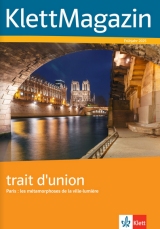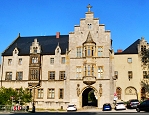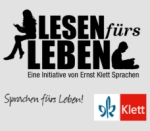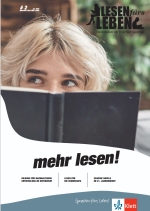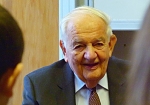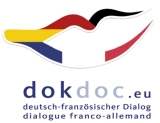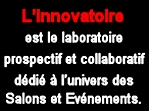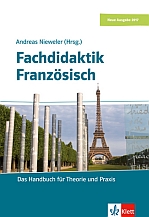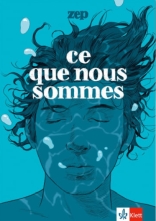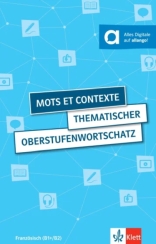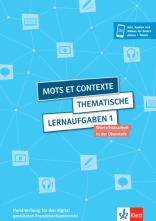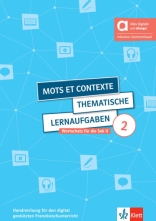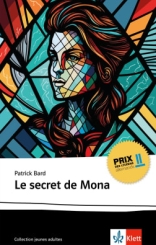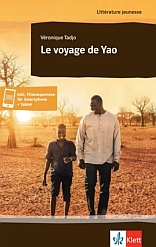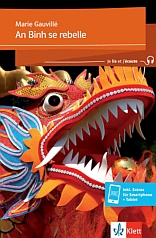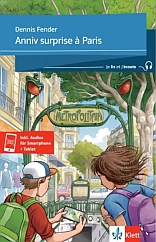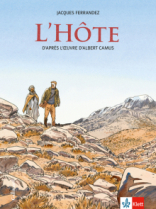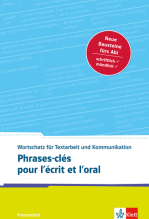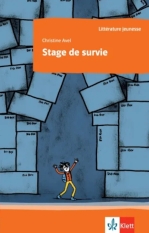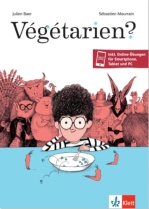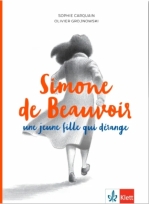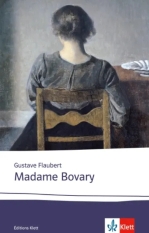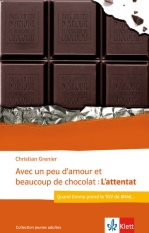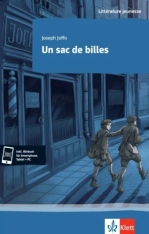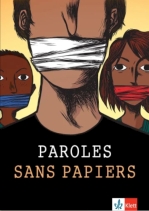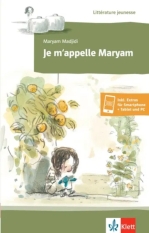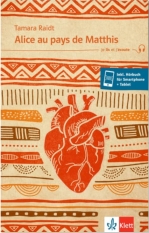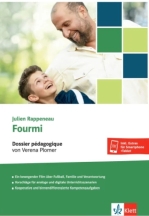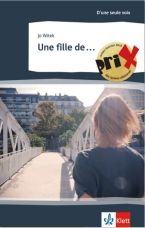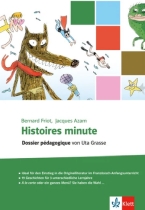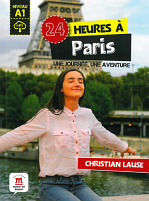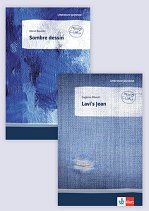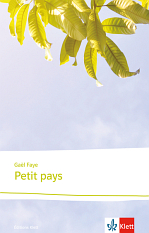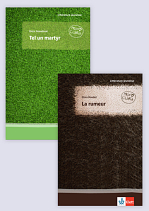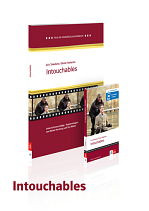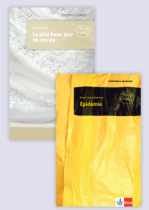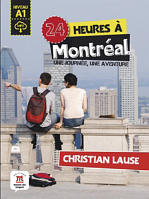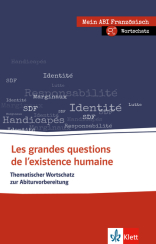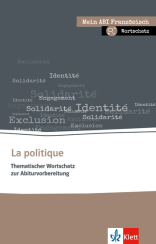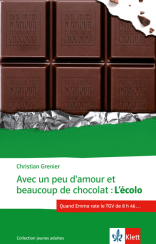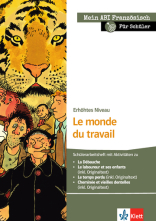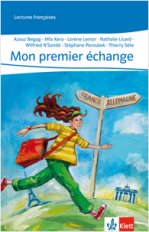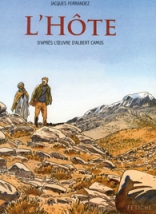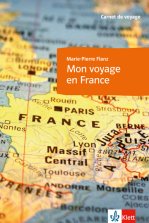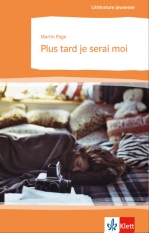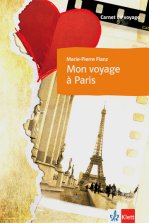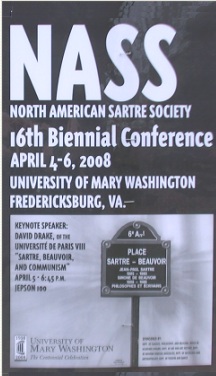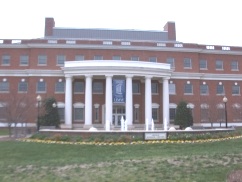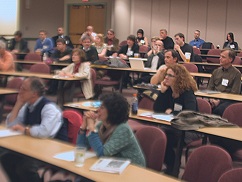Jean-Paul Sartre : Fredericksburg, Virginia, USA
6. April 2008 von H. Wittmann
A work of art is always aimed at our freedom, just as an artist expects of us that we recognise his freedom. The more freedom we demand, the more freedom we have to concede to the artist. This is what, in his What is Literature? of 1947, Sartre called the dialectical paradox of reading. But reading is also always a pact between author and reader – one that reveals and calls for freedom on both sides.
In a conversation with Michel Sicard on art, Sartre once mentioned his intention of writing a theoretical work on aesthetics. He never actually carried out this project. But he did write a large number of portraits of artists from Baudelaire through Tintoretto to Flaubert. So alongside the philosophical and literary topics, there is with the aesthetics a third field in his oeuvre. In these texts he combines philosophy with literary criticism. For Sartre these artist portraits are also an opportunity to apply and verify his philosophical hypotheses. The result is clear. It is art rather than ideology that appeals and paves the way for freedom. …
His artist-portraits, which contain his aesthetics, are founded on a carefully thought out selection from among his various methodical approaches. Seen as a whole this can be called his portrait theory or method. The method is oriented towards an approach that includes his philosophy of freedom and selected reflections on philosophy, psychology and sociology, history and the criticism of ideologies and Marxism. These various filiations have to be regarded as closely interconnected. Studying individual aspects cannot hope to reveal these interconnections. …
A part of his method is his aesthetics of literature or reception aesthetics as developed it in What is Literature? In his novel Nausea he had already let Roquentin express so wonderfully his theory of literature. He wants, Roquentin said to himself during his return journey to Paris, to write a book that is harder than steel and that will cause people to blush with shame at the thought of their existence. One can hardly think of a better way of summing up the missed and future opportunities that art makes us see. So we are looking here at the character of art as an appeal. …
It is the close connection between art and freedom that permits the continuity of thought in Sartre’s oeuvre, despite all its inconsistencies, to be revealed. It is not the politics and not only the philosophy, but above all his aesthetics – one that defines art as an appeal for freedom – that will ensure the continuing importance of Sartre’s oeuvre.
(c) Heiner Wittmann, 2008
